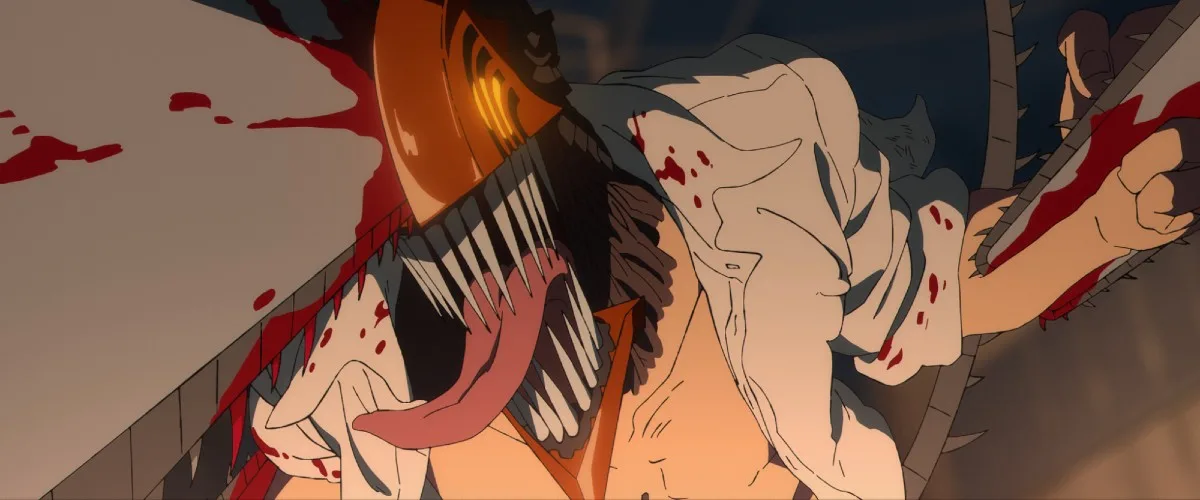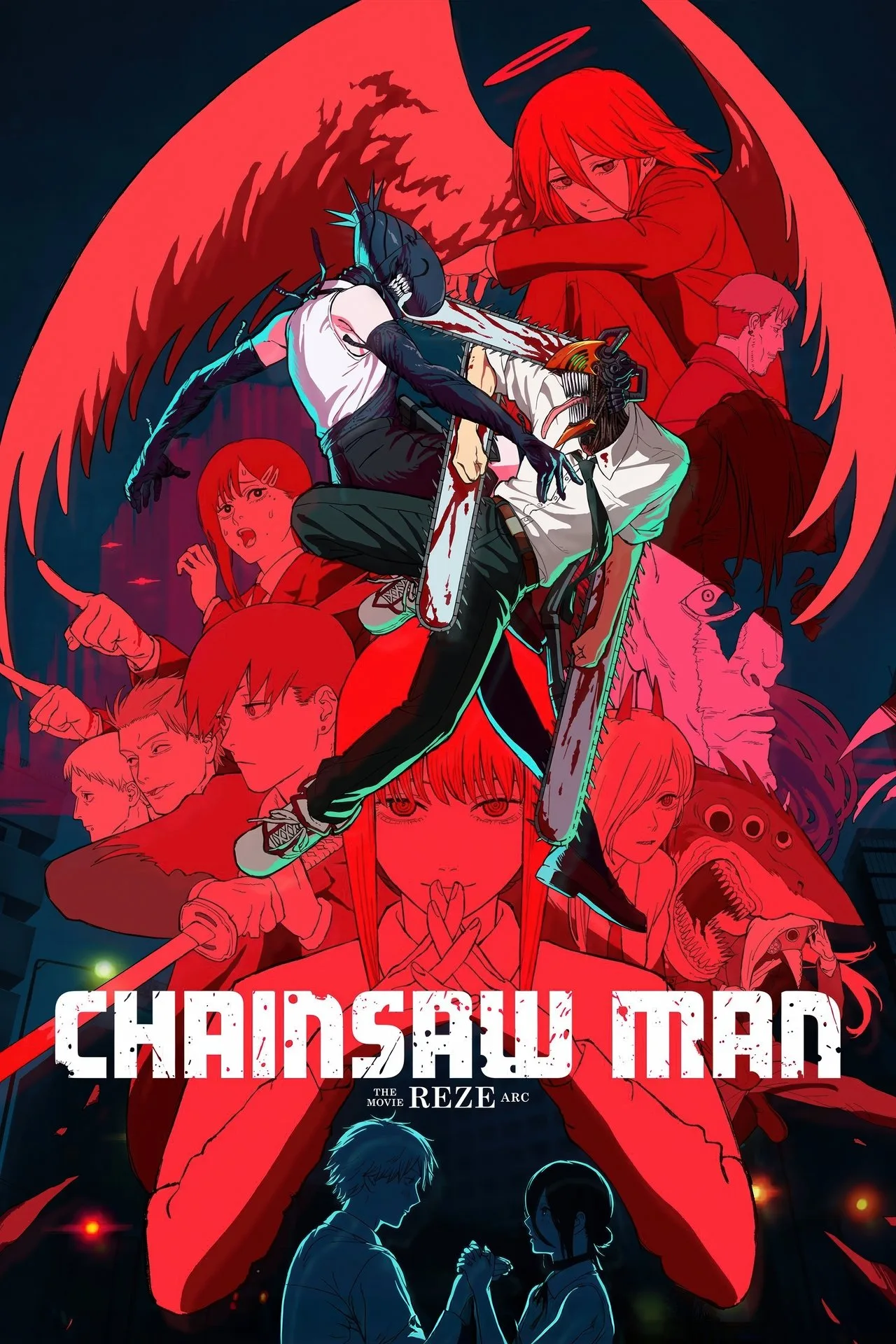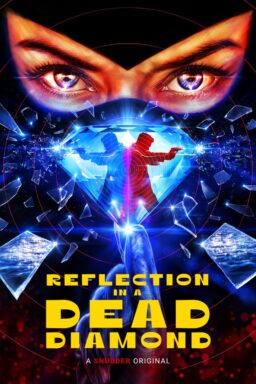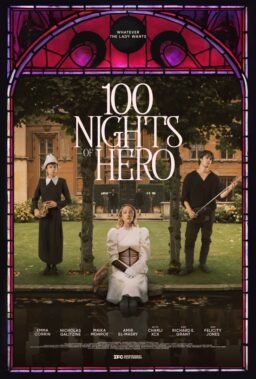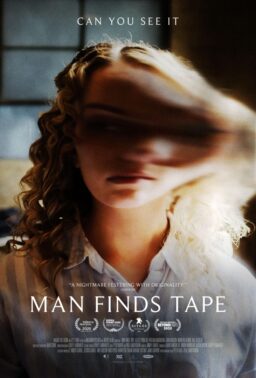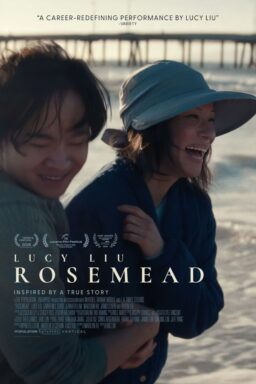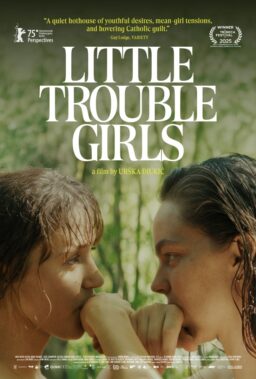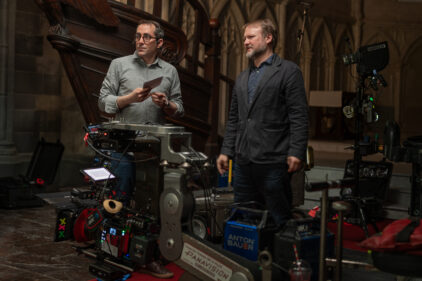It’s easy for a layperson to read the title, “Chainsaw Man,” on its face and form a set of expectations based on that impression. Yes, Tatsuki Fujimoto’s dark fantasy action manga centers on an anti-heroic protagonist with the power to summon chainsaws from his body, and yes, it does boast its fair share of over-the-top body horror, lurid humor, and risqué imagery. But if you’re willing enough to scratch beneath that surface, you’ll find something far darker, complicated, and compelling than what first meets the eye.
At its heart, “Chainsaw Man” is a tragicomic coming-of-age story following Denji, a neglected, abused, and emotionally stunted orphan living in an alternate history where humanity is terrorized by “devils,” malevolent supernatural creatures conjured from humanity’s collective fears and phobias. After being betrayed and left for dead, Denji is revived by his loyal “Chainsaw Devil” pet Pochita, who sacrifices himself to merge with his heart, granting Denji the aforementioned ability to transform into a half-human, half-devil hybrid. Soon after, he’s given the ultimatum to either enlist in a government agency dedicated to protecting human society from devils or be executed as a devil himself.
He doesn’t really want to be a hero; he just wants to eat well and live the kind of easy existence that was denied to him by circumstances beyond his control. Unfortunately, Denji’s new lease on life has inadvertently landed him in the competing crosshairs of shadowy power brokers, Soviet assassins, sociopathic killers, and other devil-empowered human hybrids, all intent on either murdering or manipulating Denji to further their own inscrutable aims.
“Chainsaw Man The Movie: Reze Arc” functions much the same for “Chainsaw Man” as “Demon Slayer: Kimetsu no Yaiba Infinity Castle” does for its respective series. That is to say, it’s a feature-length continuation of the “Chainsaw Man” anime, set after the events of its first season and adapting a pivotal arc in Denji’s tortured ascent along Maslow’s Hierarchy of Needs.
Up to this point, Denji has been obsessed with Makima, the mysterious, seductive woman who first recruited him, putting himself in mortal danger time and again in his single-minded bid to win her approval and affection. Despite this obsession, he unexpectedly finds himself attracted to Reze, an equally mysterious young woman whom he meets by apparent chance, and who immediately takes a strong interest in him. Unbeknownst to Denji, his romantic affair is about to be upended by an alliance of Devils and political factions converging on him with the intent of seizing possession of his heart (literally, not metaphorically) through force, coercion, or both.
Following the departure of Ryu Nakayama, who directed the first season of “Chainsaw Man,” Tatsuya Yoshihara, who previously served as action director on the series, has stepped into the role as director for “Reze Arc.” For fans of the series, the difference is immediately apparent, as the tone and color palette of the first season, which experimented with depicting its characters in overcast hues of starkly muted grays and realistic lighting, gives way to an overall brighter and more pronounced palette typical of what one might expect from other contemporary anime productions of its ilk.
With the aforementioned exception of Nakayama, almost the entire creative staff from the TV anime returns here. Character designer Kazutaka Sugiyama faithfully recreates the idiosyncratic quirks of Fujimoto’s original art, while art director Yūsuke Takeda’s background designs remain as impressive as ever in their verisimilitude and depth. Composer Kensuke Ushio’s score is as eclectic as ever, balancing elegiac piano pieces with guttural, glitch-inflected battle ballads.
The animation as a whole is exemplary, translating the tender, understated moments of the source material with scrupulous attention to detail. Shirts ruffle, creases smooth, and brows furrow with mesmerizing fidelity. One of the film’s most stunning sequences is of a character performing a two-legged grapple on another before proceeding to choke them to death à la Anton Chigurh from “No Country for Old Men.” The climactic final act is appropriately bombastic, given the name and nature of the film’s principal antagonist, with explosive plumes of fire and kinetic blasts of debris pelting across the urban landscape of Tokyo and the skies above.
The thematic crux of the film hinges largely on a conversation between Denji and Reze about “The Town Mouse and the Country Mouse,” a story out of Aesop’s Fables. At its core, the fable poses the question of whether it is better to live a boring, albeit safe life in solitude or an exciting life surrounded by others rife with opportunity and danger. It’s clear to the audience, if not to Denji himself, that in this story he is the mouse in question, and that by acquiescing to Makima’s every whim and command, he has put himself in constant mortal peril in exchange for only the most paltry forms of financial compensation and emotional reciprocation. Unfortunately for Denji, he’s going to have to suffer a lot more before he’s finally ready to confront that terrible fact.
“Chainsaw Man The Movie: Reze Arc” is a beautiful, bizarre, and poignant adaptation worthy of its source material. It represents a vital chapter of Denji’s slow, circuitous journey towards self-actualization and emotional maturity, and a harbinger of yet greater horrors to come. Whether you’re a diehard fan or a “Chainsaw Man” neophyte, it’s easily one of the year’s best animated movies and a cinematic spectacle well worth experiencing for yourself.

